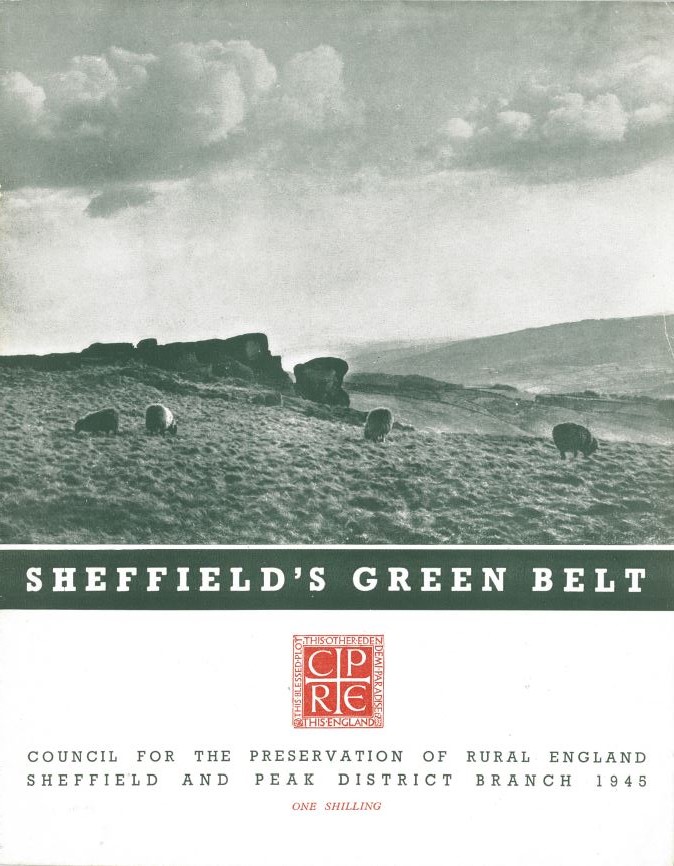To mark International Women's Day, we’re celebrating some of the influential women campaigners who shaped the way we think about the countryside and wider environment. In this second instalment, we focus on two pioneers who were part of CPRE’s early network of branches.
Women countryside campaigners: the '30s and beyond
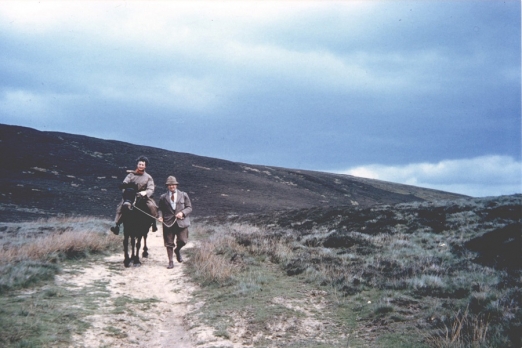 Ethel Haythornwaite with husband Gerald, exploring the countryside she did so much to protect
© Friends of the Peak District
Ethel Haythornwaite with husband Gerald, exploring the countryside she did so much to protect
© Friends of the Peak District
Ethel Haythornthwaite
Ethel Haythornthwaite set up the group that became the Friends of the Peak District in 1924, before CPRE was even created. From 1927, Ethel’s group represented CPRE in Sheffield and the Peak District, and her work to prevent the city’s sprawl, and prevent the glorious landscapes beyond inspired our national campaigns for Green Belts and National Parks.
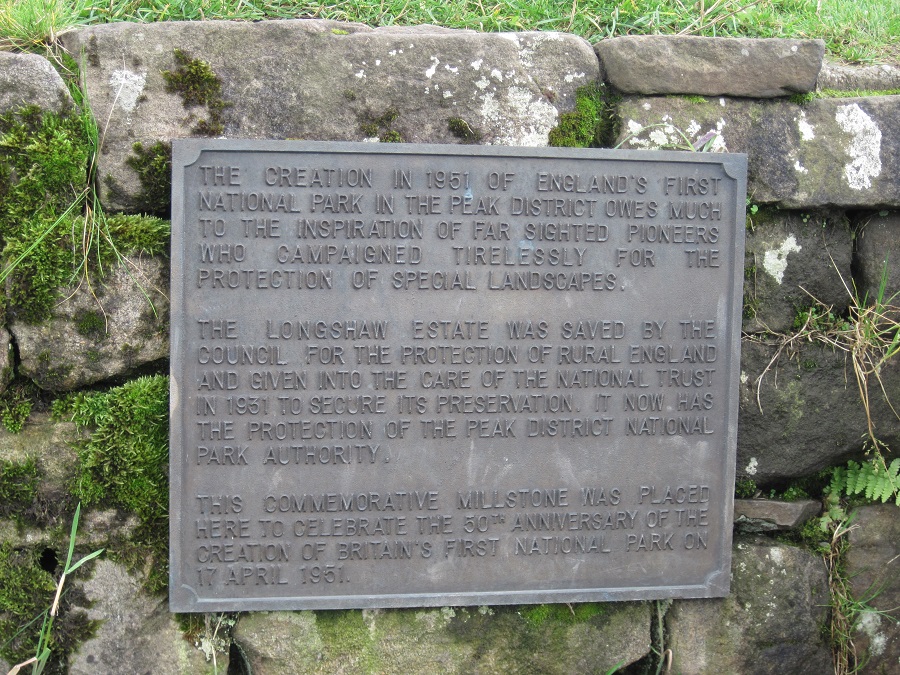
That year, Ethel’s passionate appeal to the public helped CPRE Sheffield and Peak raise the funds to purchase the 747-acre Longshaw Estate - threatened with development at the time - and donate it to the National Trust and became the basis of the Peak District National Park (England’s first) in 1951. In 1932, her skilful negotiation helped acquire another 448 acres of threatened land at Blacka Moor, which would soon become part of a Sheffield Green Belt in 1938 (again, England’s first).
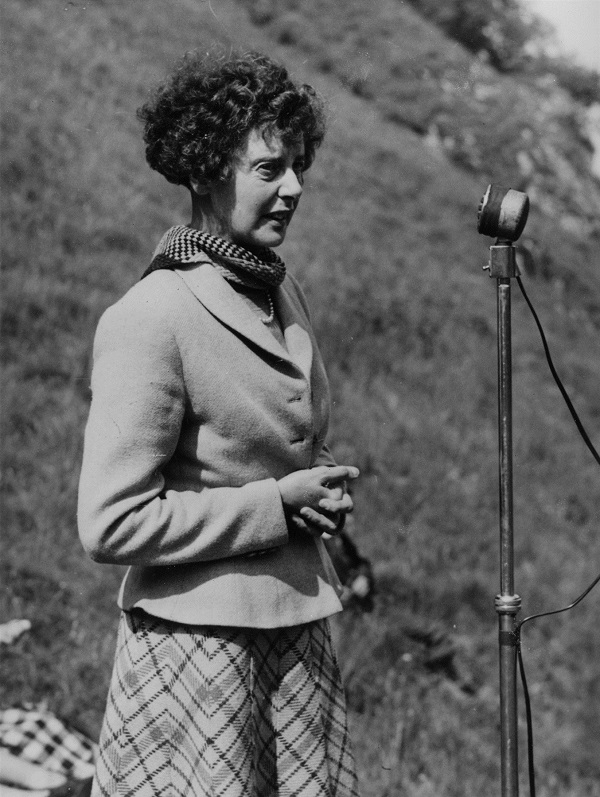
Ethel making the case for the countryside © Friends of the Peak District
At the outset of the Second World War, with many senior CPRE staff on active service, Ethel wrote: ‘Unquestionably, CPRE and all its branches should strive their best to hold on. If not, much more of England’s beauty will be lost for those who return after the war. I believe our aims are too profoundly important to let go. Those who see what rural England means to the English should work to save it.’
In 1942, Ethel spent much of the year in London, leading the national organisation in the crucial early debates on how the post-war reconstruction of the country should be achieved by democratic planning. The War saw another pioneering Ethel make a major impact. In 1944, Ethel Bright-Ashford – who had been part of England’s first group of women barristers in 1922 – began CPRE’s campaign against air pollution, calling for measures that would eventually become the basis of the Clean Air Act 1956.
Ethel's work towards a Sheffield Green Belt proved the idea could be replicated nationwide
In 1945, Ethel Haythornthwaite was appointed to the government’s National Parks Committee, which built the successful case for the National Parks and Access to the Countryside Act of 1949. Ethel also made a profound argument for the importance of Green Belts, which she helped make national government policy in 1955: ‘My childhood impressions of the city were a gloomy, noisy, shapeless phenomenon. But outside the city – there one began to live. The escape into clean air, the gradual return to nature – with this came satisfaction, peace, freedom, solitude, excitement. One grew to become conscious of its profounder value, something beyond health and high spirits - something to worship’.
Peggy Pollard
The legacy of Ethel’s vision and determination lives on thanks to the continued efforts of the Friends of the Peak District, and she remains an inspiration to everyone within CPRE. But, remarkably, she wasn’t the only woman leading nationally significant campaigns in that era. As Honorary Secretary of CPRE Cornwall between 1936 and ‘46, Peggy Pollard was taking direct action to save the Cornish coast from unplanned development. Under the pseudonym ‘Bill Stickers’, she had been part of the notorious ‘Ferguson’s Gang’ - masked preservationists who made anonymous donations to the National Trust in the mid 30’s and considered themselves disciples of CPRE’s Clough Williams-Ellis.
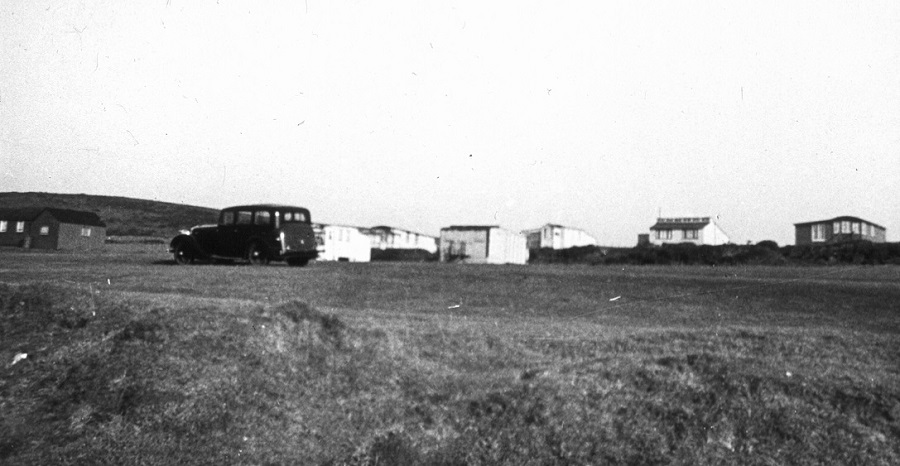
The early 30s development that convinced Peggy Pollard to spring to the defence of the Cornish coast © CPRE/MERL
By 1937, Peggy went public with her generosity, and The Times reported her gift to the National Trust of ‘the beautiful cliff lands extending for three quarters of a mile from Mullion Cliffs - a region where the Trust has hitherto had no foothold.’ Her pioneering work on coastal conservation had already informed CPRE’s influential 1936 report, The English Coast: It’s Development and Preservation, which recommended ‘the reservation all around the coast of a belt of open space, free from building’. Peggy helped lead CPRE’s coastal campaigning along these lines for much of the next decade, and this ultimately helped ensure her beloved Cornish coast was designated as a protected Area of Outstanding Natural Beauty in 1959.
Read more
In our first instalment,we focus on two women who were there at the very start of CPRE’s 92-year history: the 1920s
More featured articles
-
We're making some changes2019-08-01Calling all graduates...2019-06-24Women countryside campaigners: the 1920s2019-01-31The landscapes they left behind2018-11-09A deposit return system for England2018-03-28Emma Bridgewater on CPRE's big ideas2017-07-24My England: the photographer’s vision2017-04-19Leicestershire: A Heritage at Risk2017-01-05And that’s a wrap!2016-12-23What next for rural England?2016-12-16Finding inspiration in the Green Belt2016-12-16Protecting our literary landscapes2016-12-07Celebrating 90 years of CPRE2016-12-07Web survey book winners announced2016-10-28Why we should buy locally produced food2016-09-27
